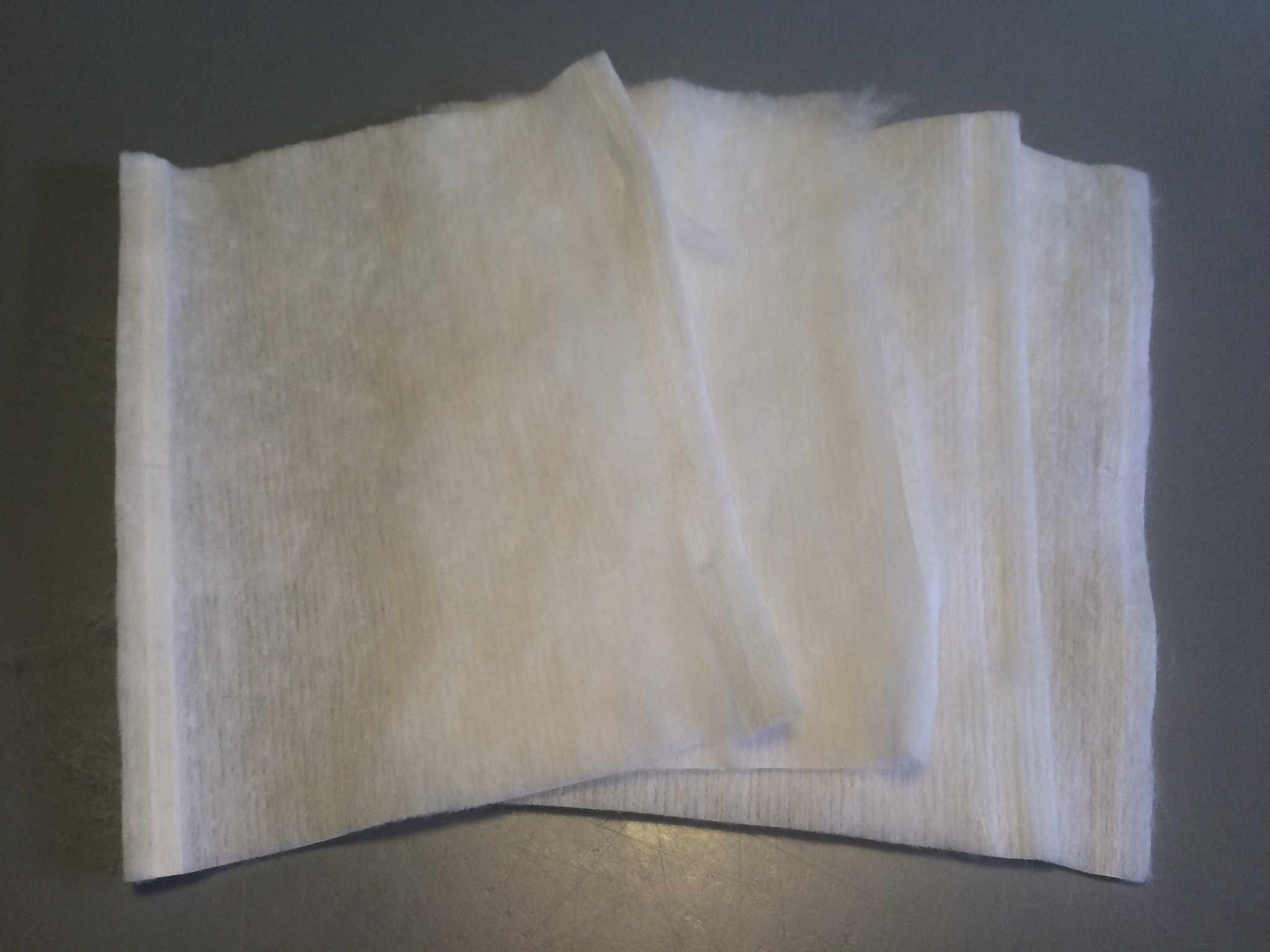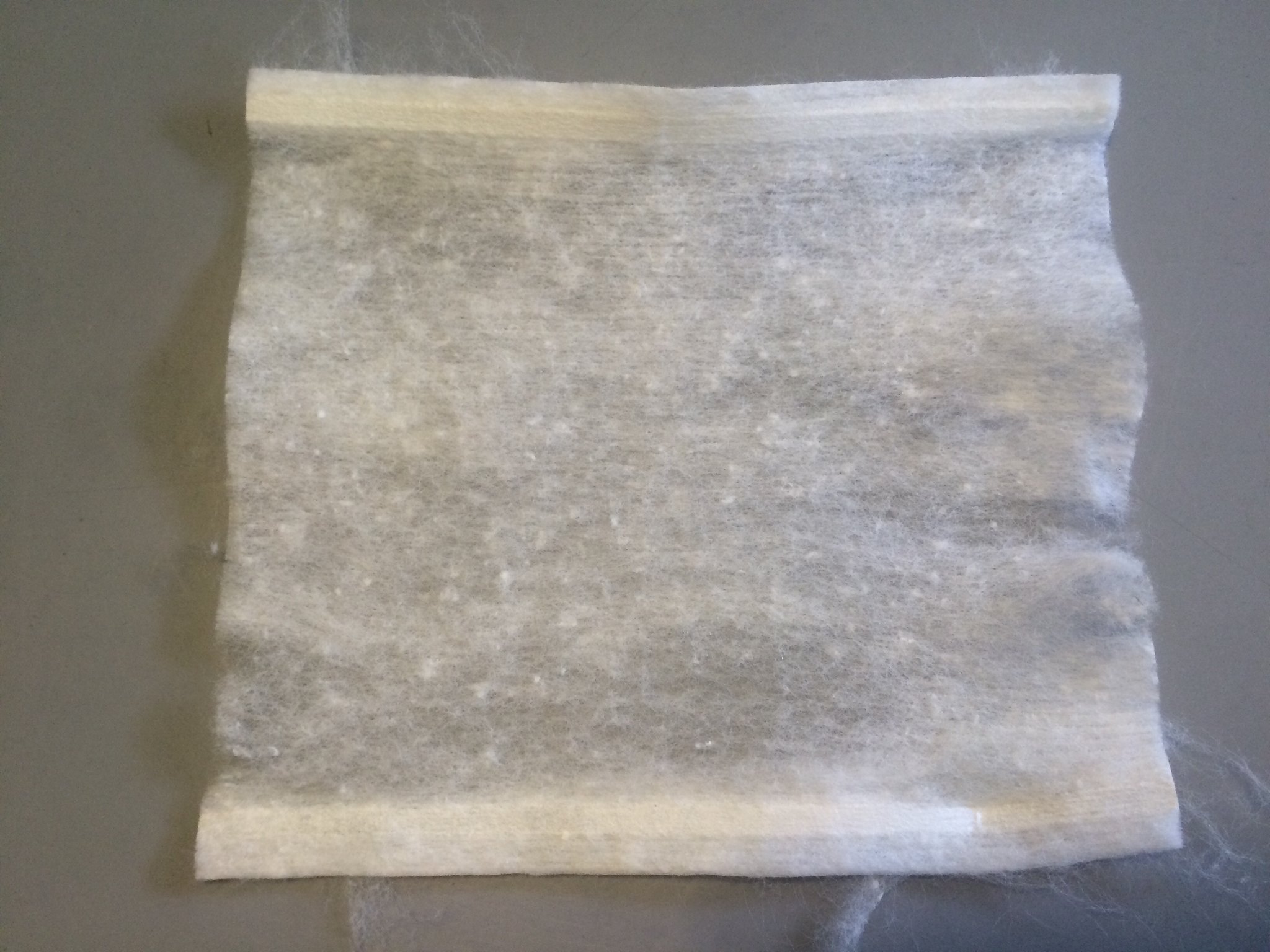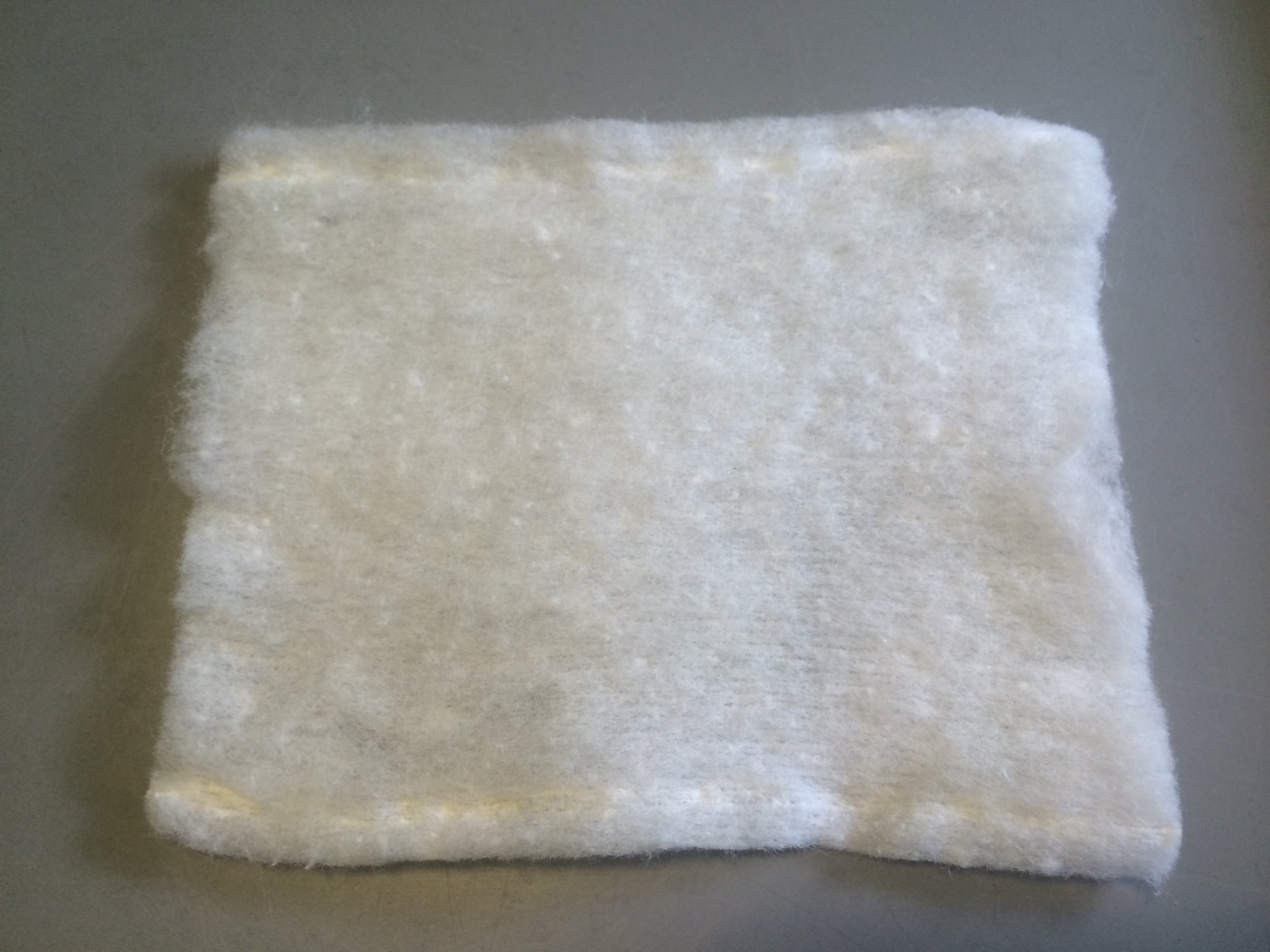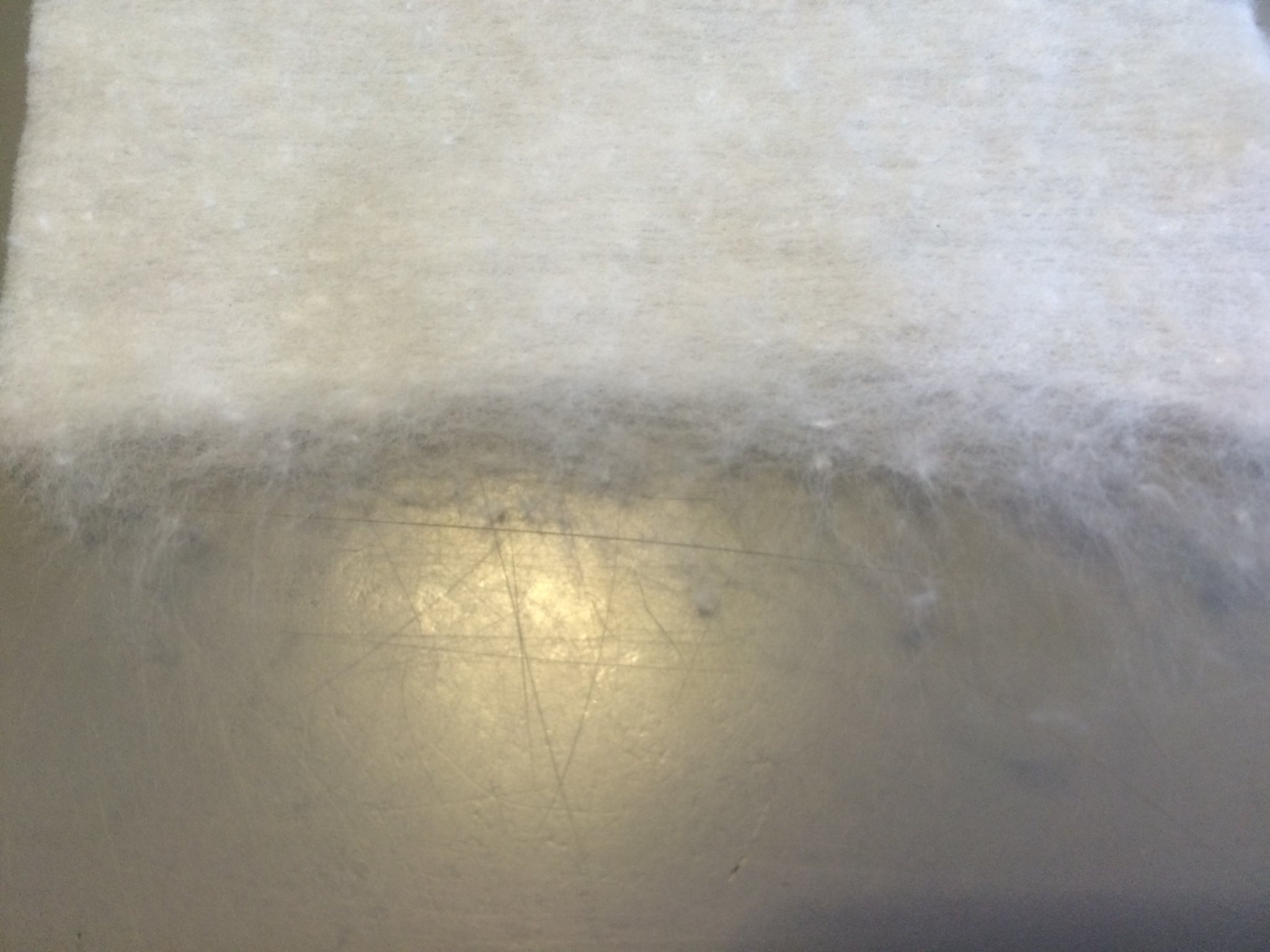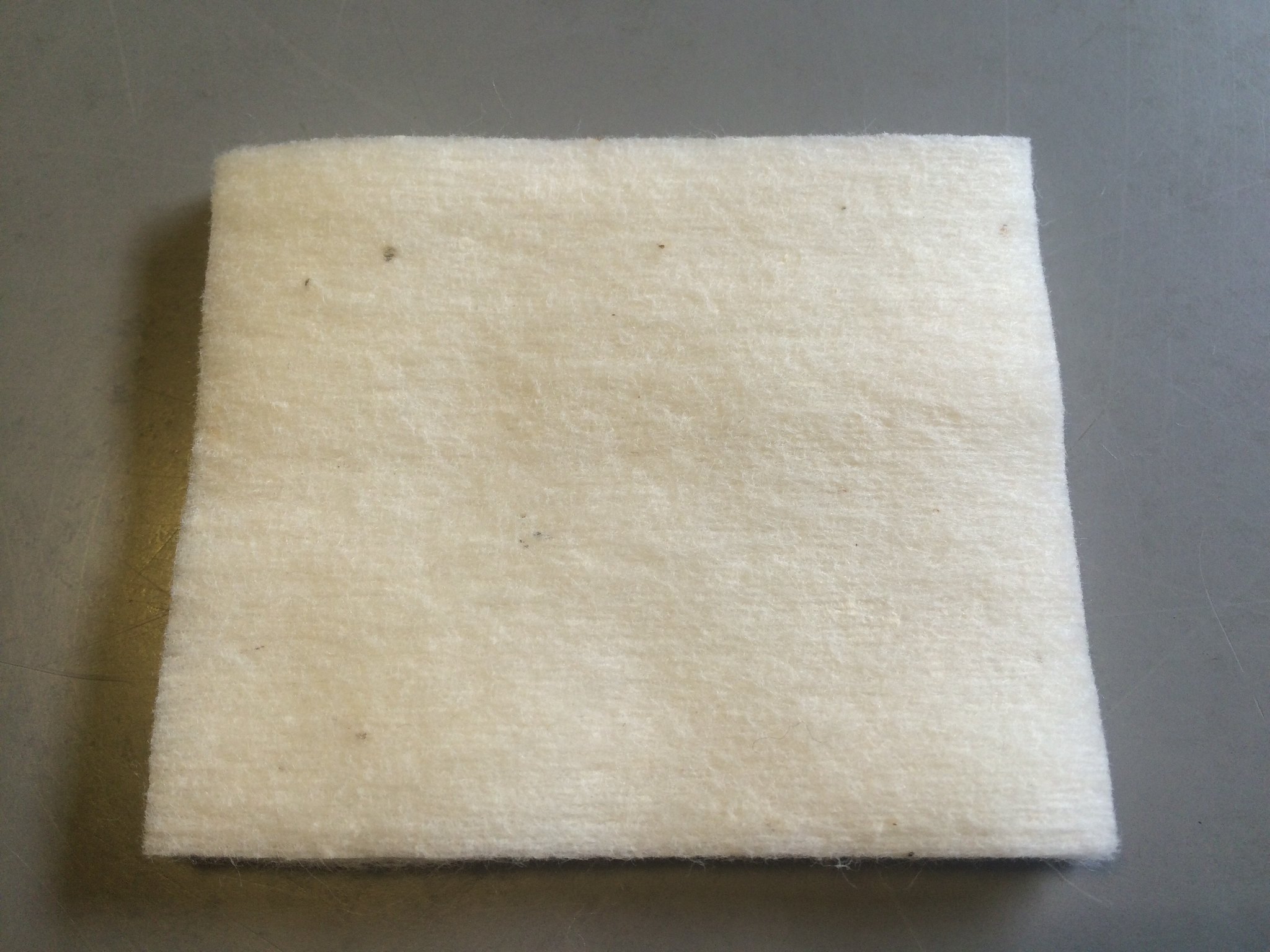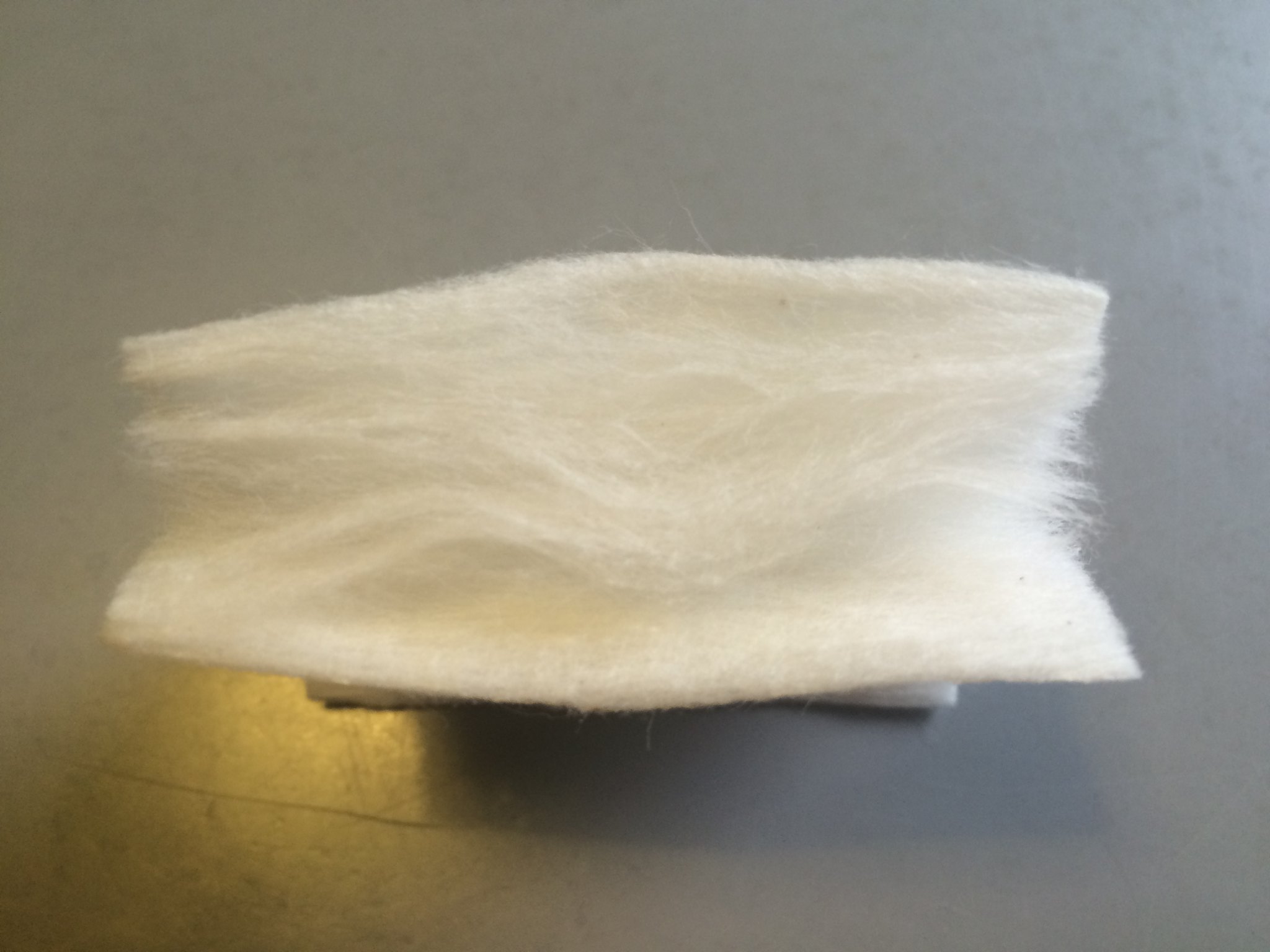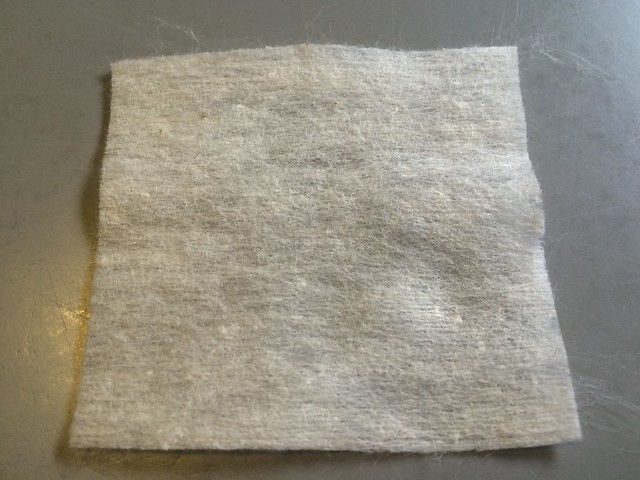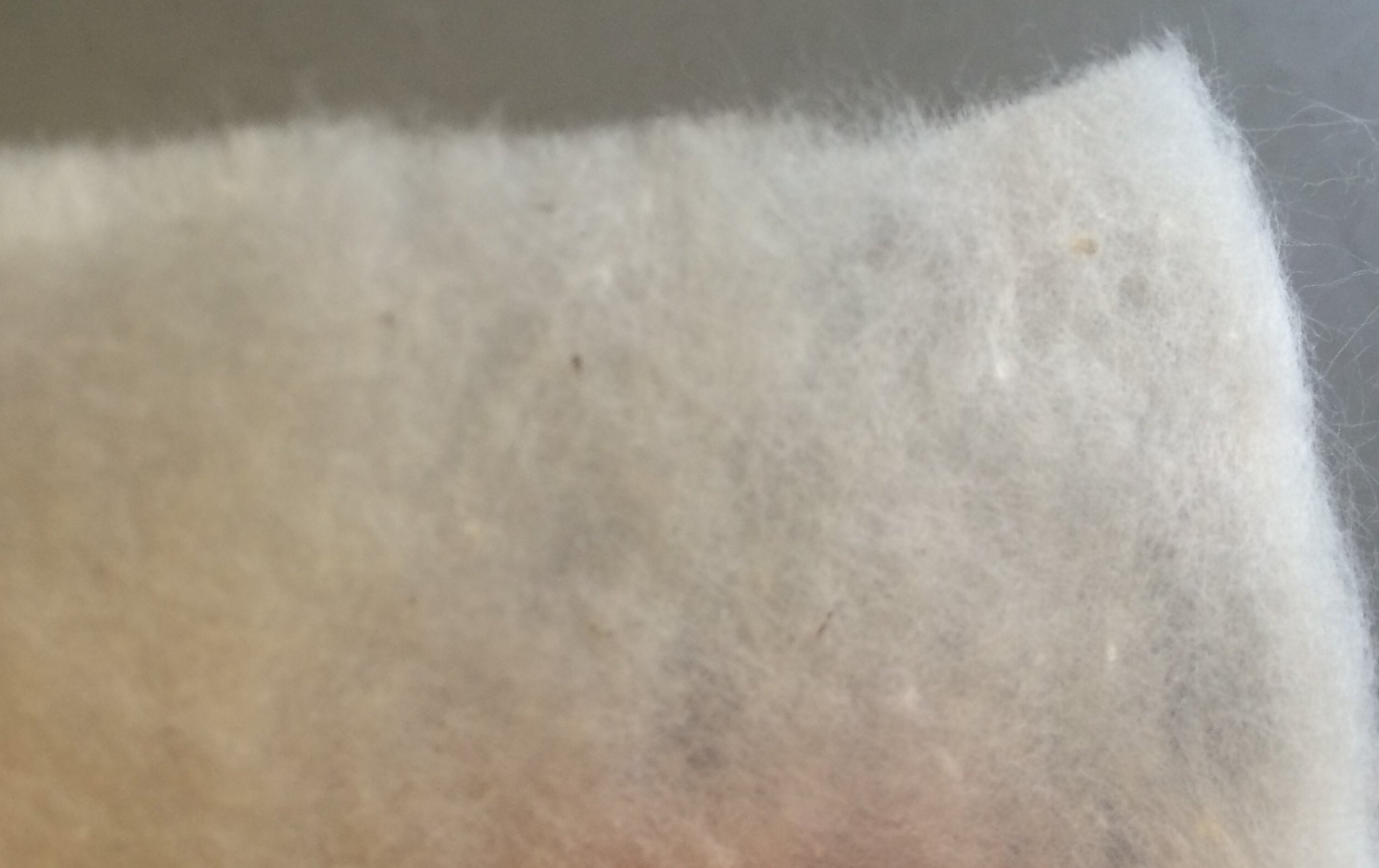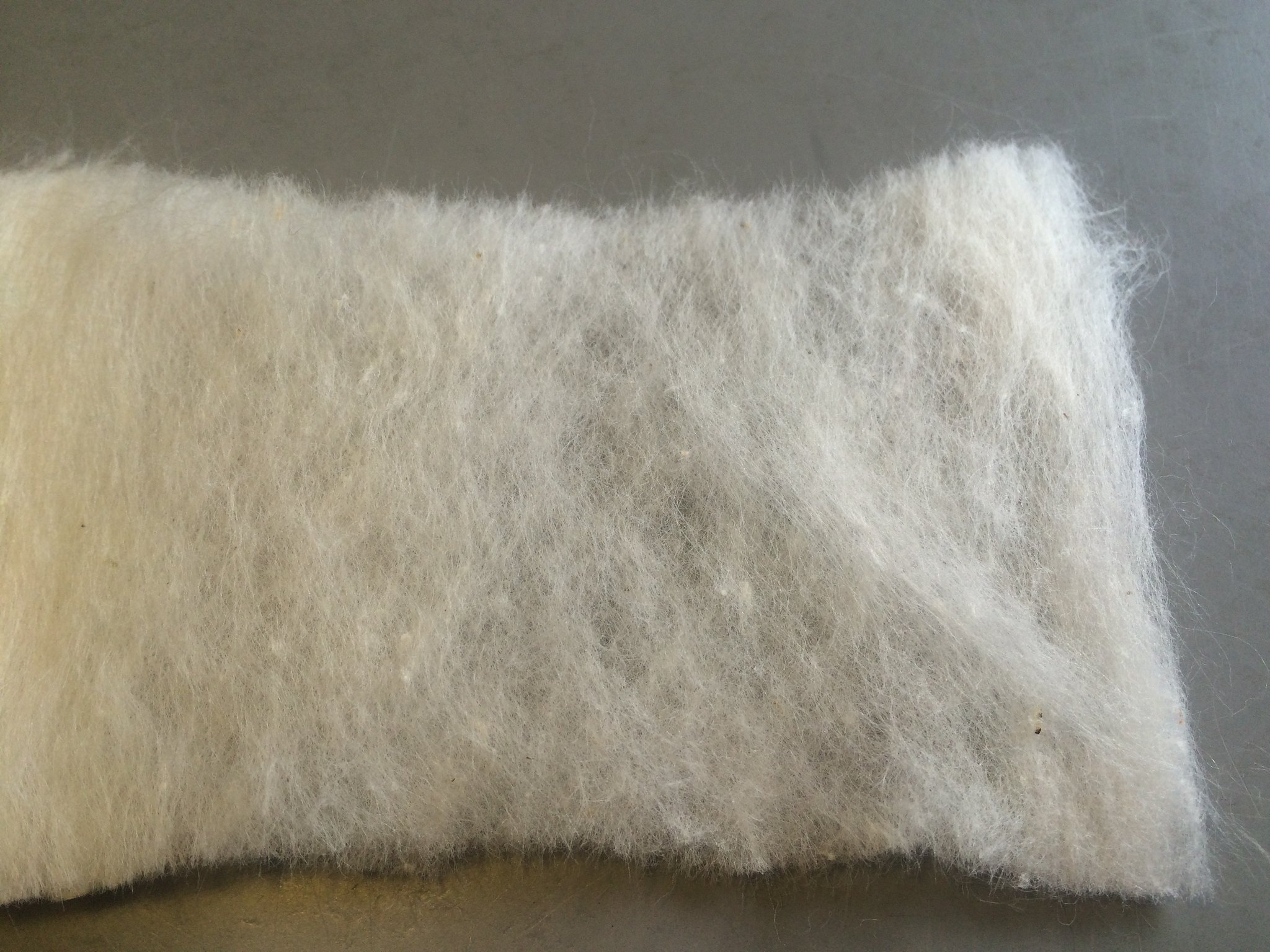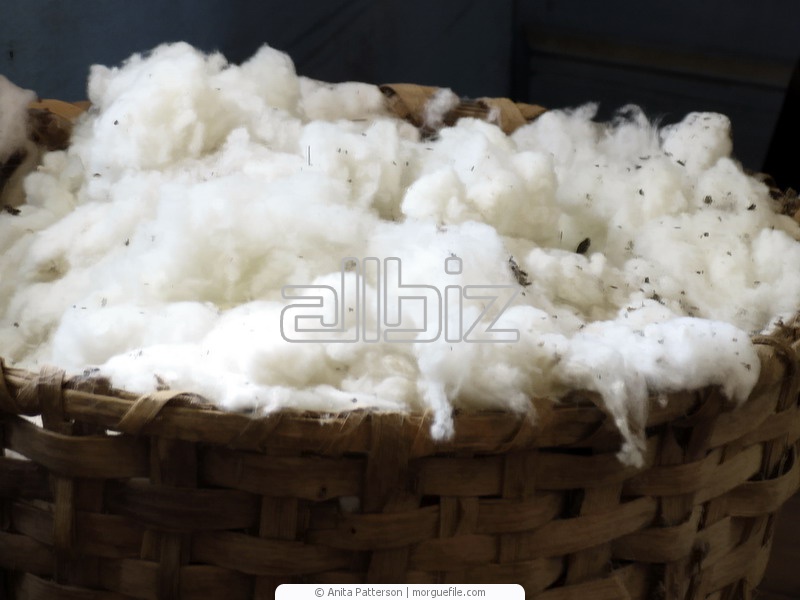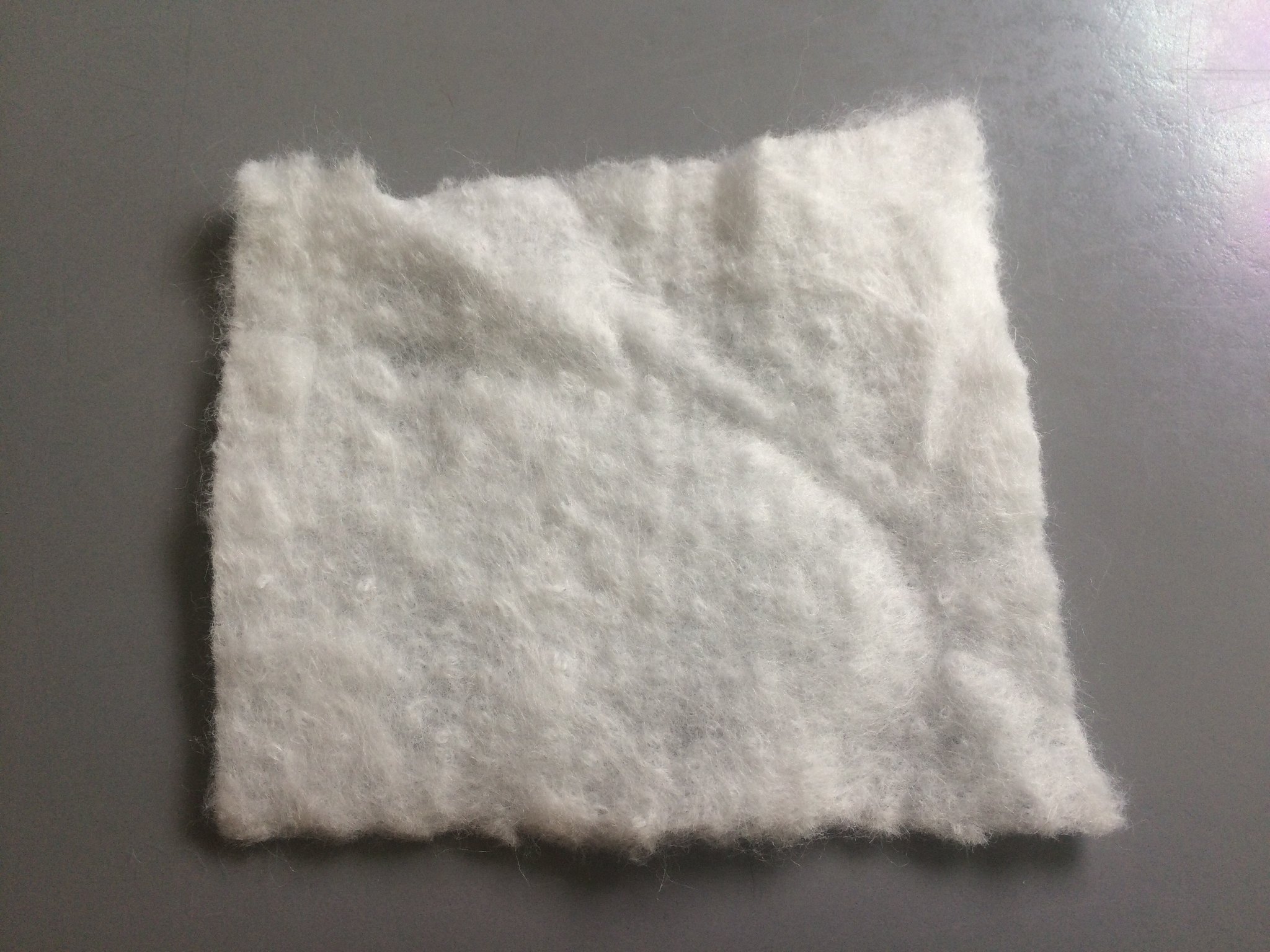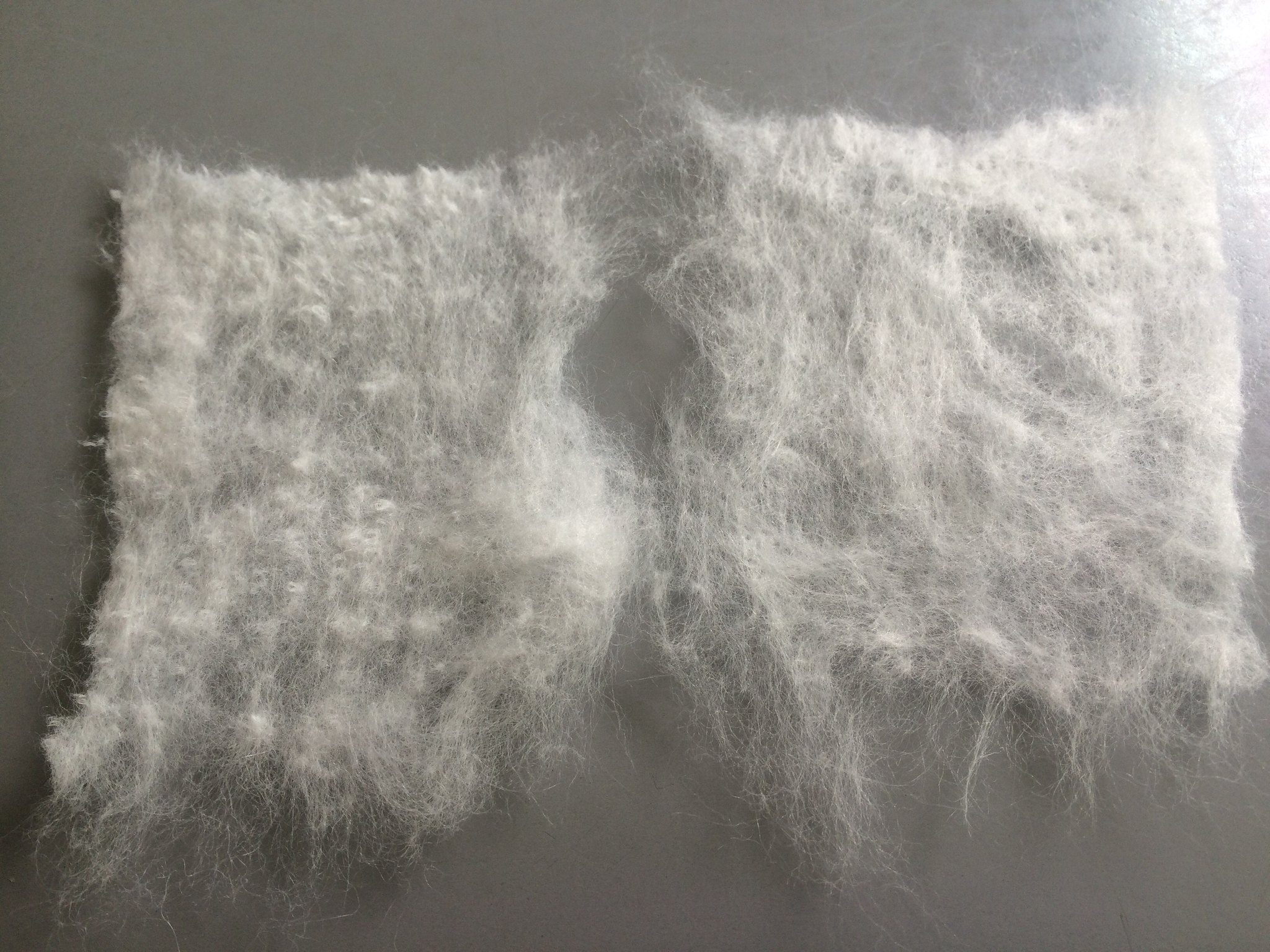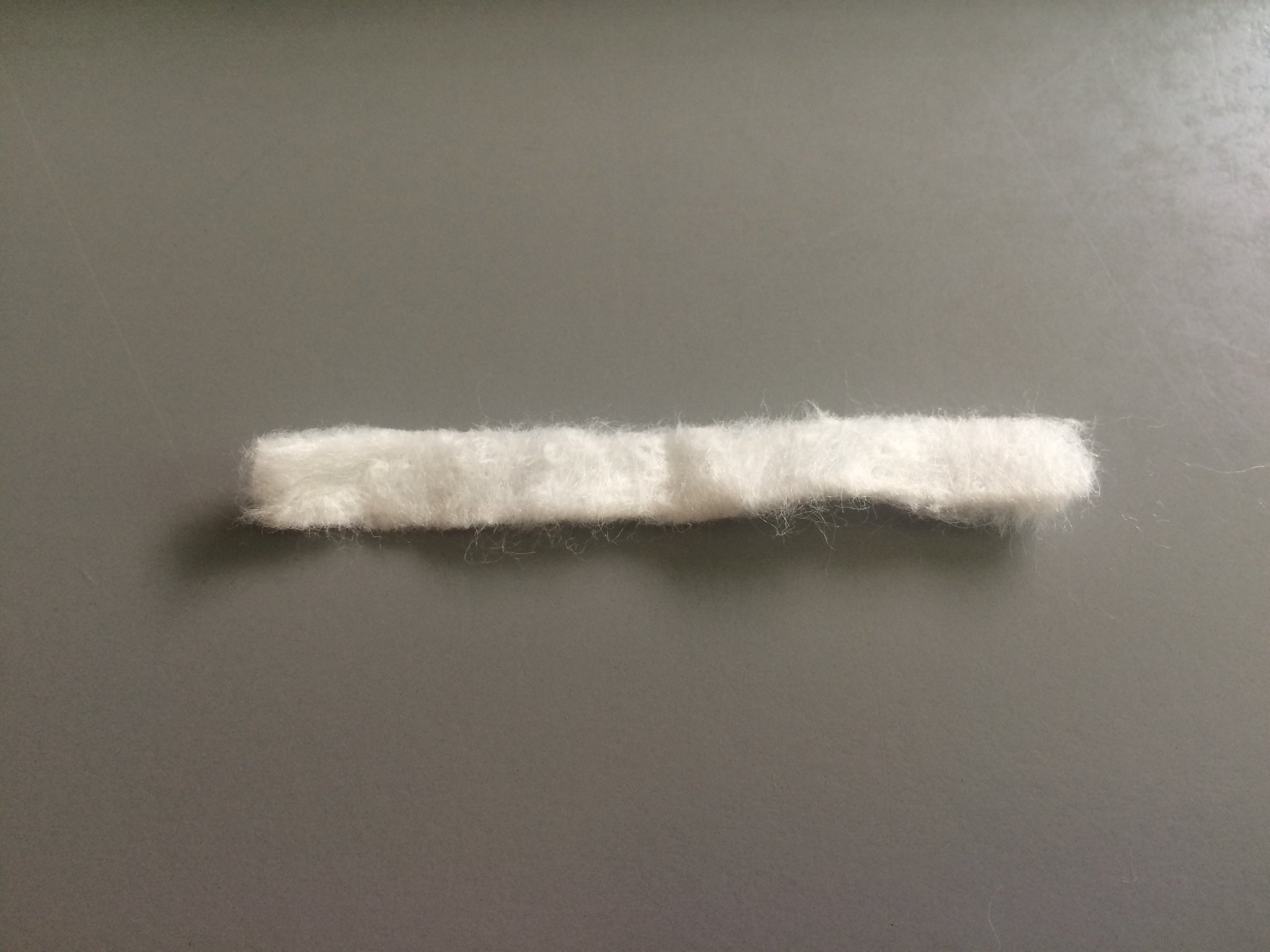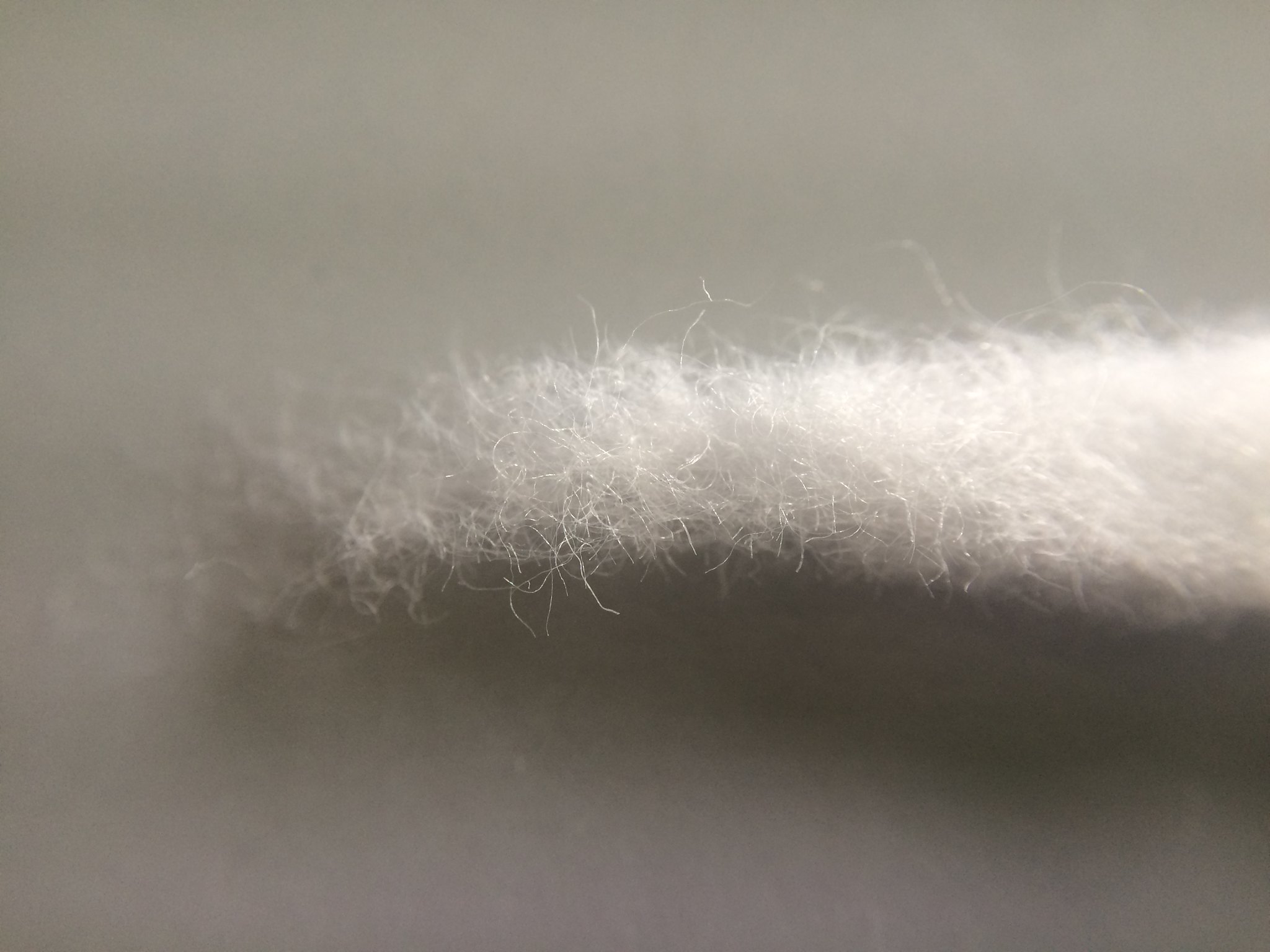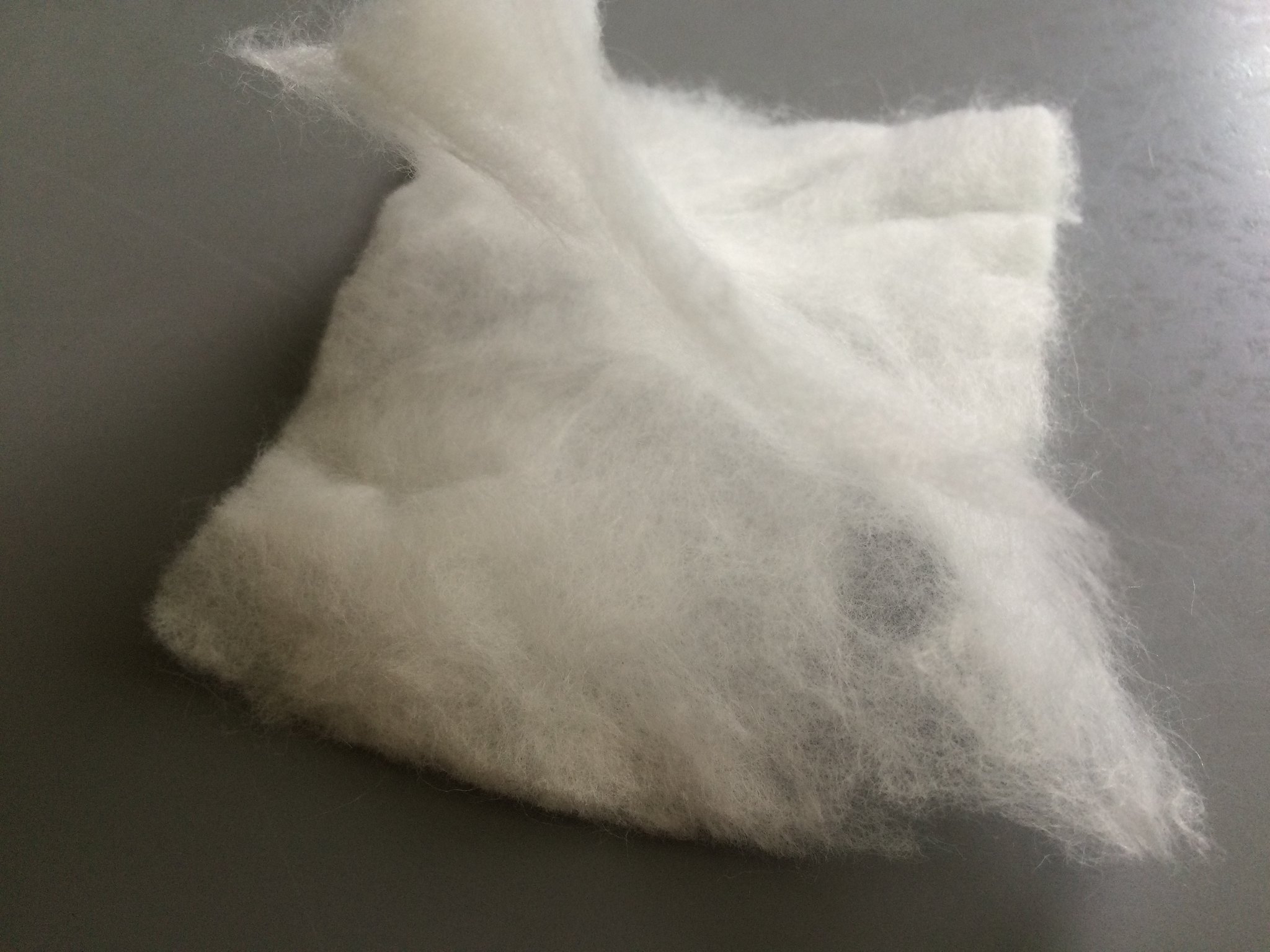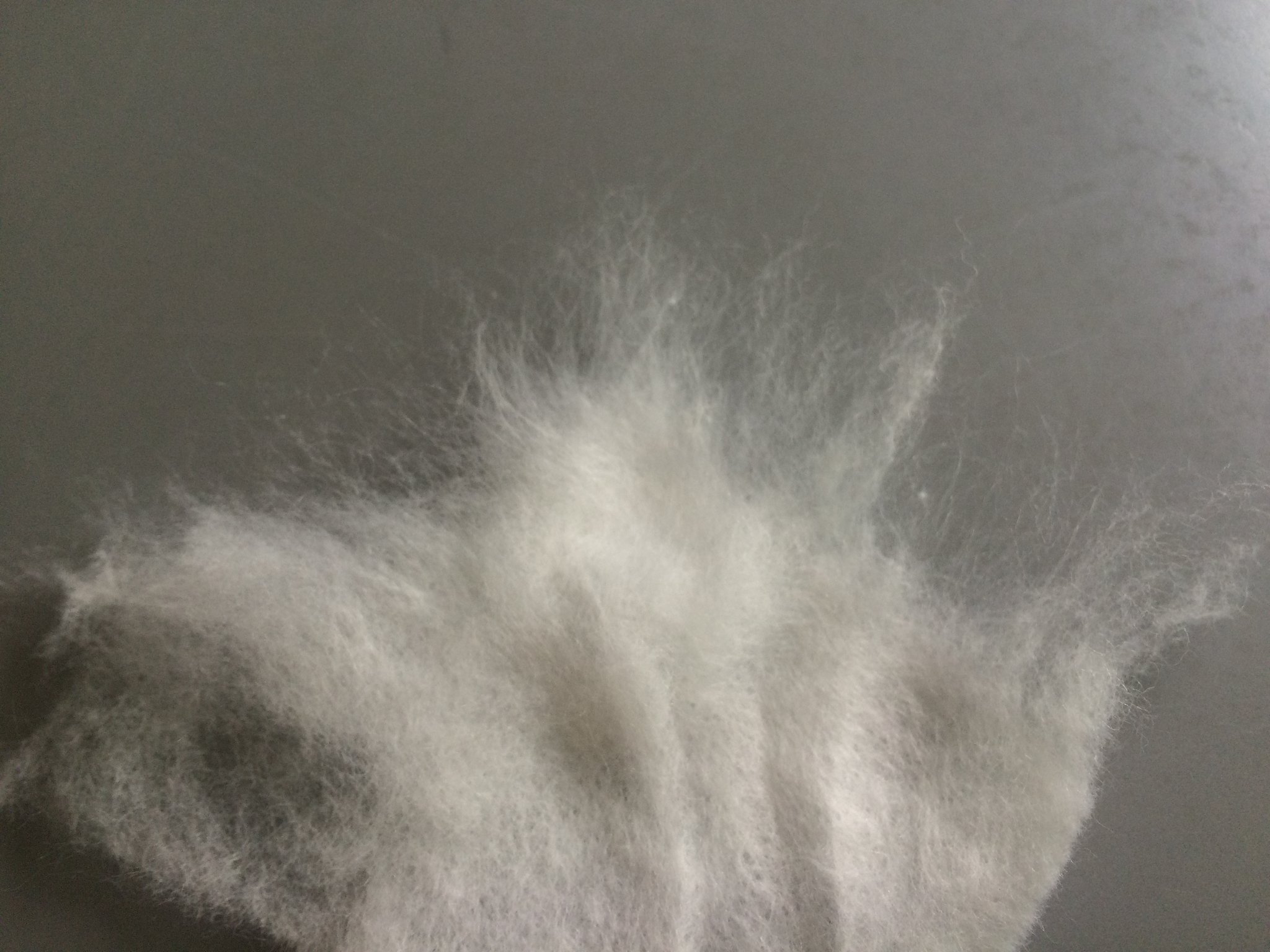Of late I have become determined to find the ideal wicking materials for my various attys and e-liquids. I decided to start a thread to document my observations and impressions of some of the cotton/cellulose materials that seem to be popular at the moment. I may dig into some of the “vintage” and non-cellulosic materials as well - I haven’t really decided. I’ve only been rebuilding for about 6 months right now, and for the first 5 months I pretty much just used Muji cotton pads without giving it much thought because they worked pretty well. No claims to any expertise here - just a curious vaper sharing his findings. Comments, suggestions and recommendations are most welcome.
Here’s a group photo of the first 7 wicking materials which motivated me to start this little comparative survey:
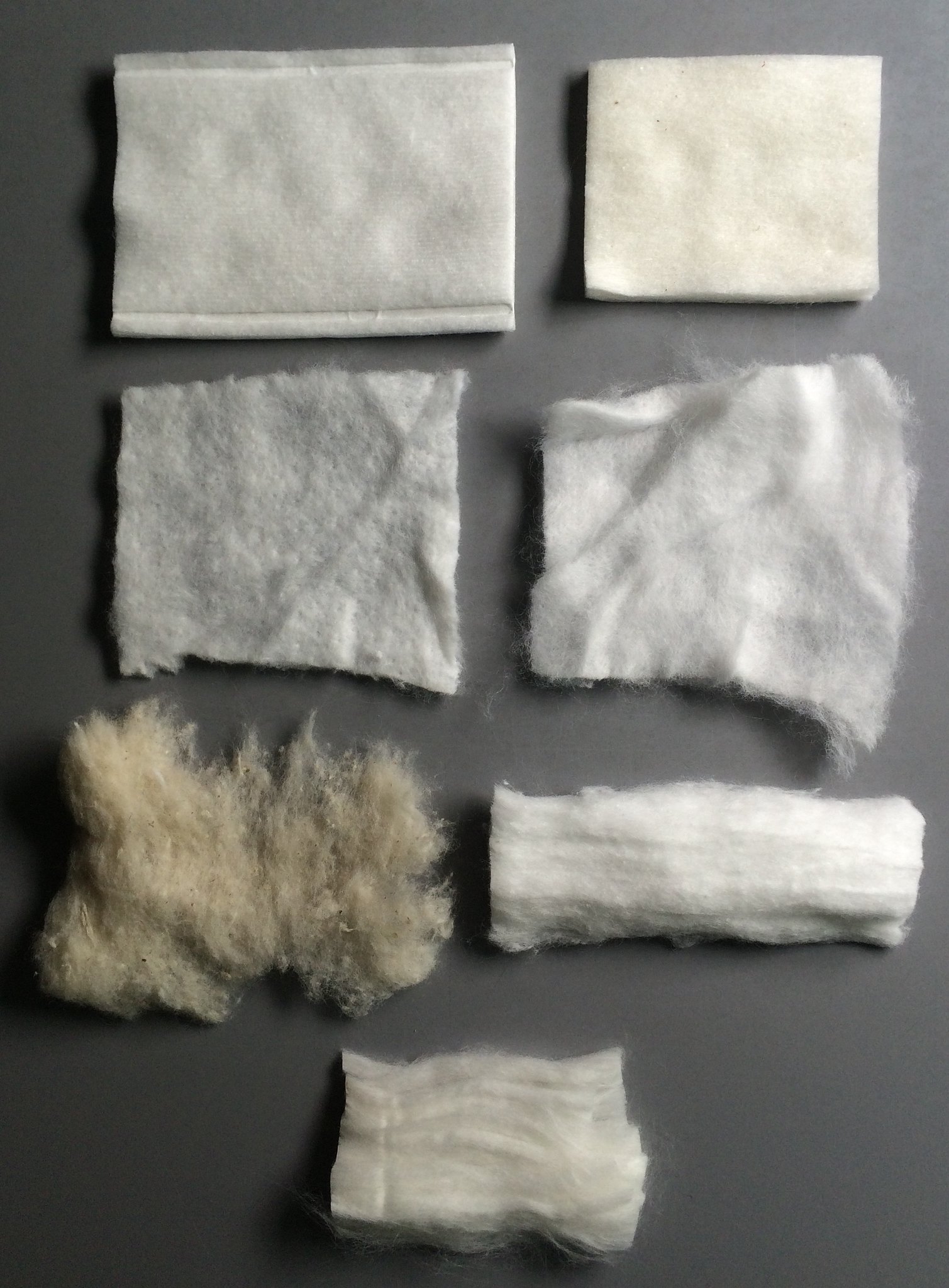
First row left: MUJI Japan 4 Layers Facial Cotton Pad
First row right: Ohm Busters Japanese Organic Cotton
Second row left: Fiber Freaks Cellulose Wick Density No. 2
Second row right: Fiber Freaks Cellulose Wick Density No. 1
Third row left: Drago Premium Cotton
Third row right: Wick N’ vape Cotton Bacon Version 2.0
Fourth row: Vapers Choice Cotton
I’ll post some close-up photos and brief observations/impressions of these materials shortly.
Here’s a group photo of the first 7 wicking materials which motivated me to start this little comparative survey:

First row left: MUJI Japan 4 Layers Facial Cotton Pad
First row right: Ohm Busters Japanese Organic Cotton
Second row left: Fiber Freaks Cellulose Wick Density No. 2
Second row right: Fiber Freaks Cellulose Wick Density No. 1
Third row left: Drago Premium Cotton
Third row right: Wick N’ vape Cotton Bacon Version 2.0
Fourth row: Vapers Choice Cotton
I’ll post some close-up photos and brief observations/impressions of these materials shortly.


